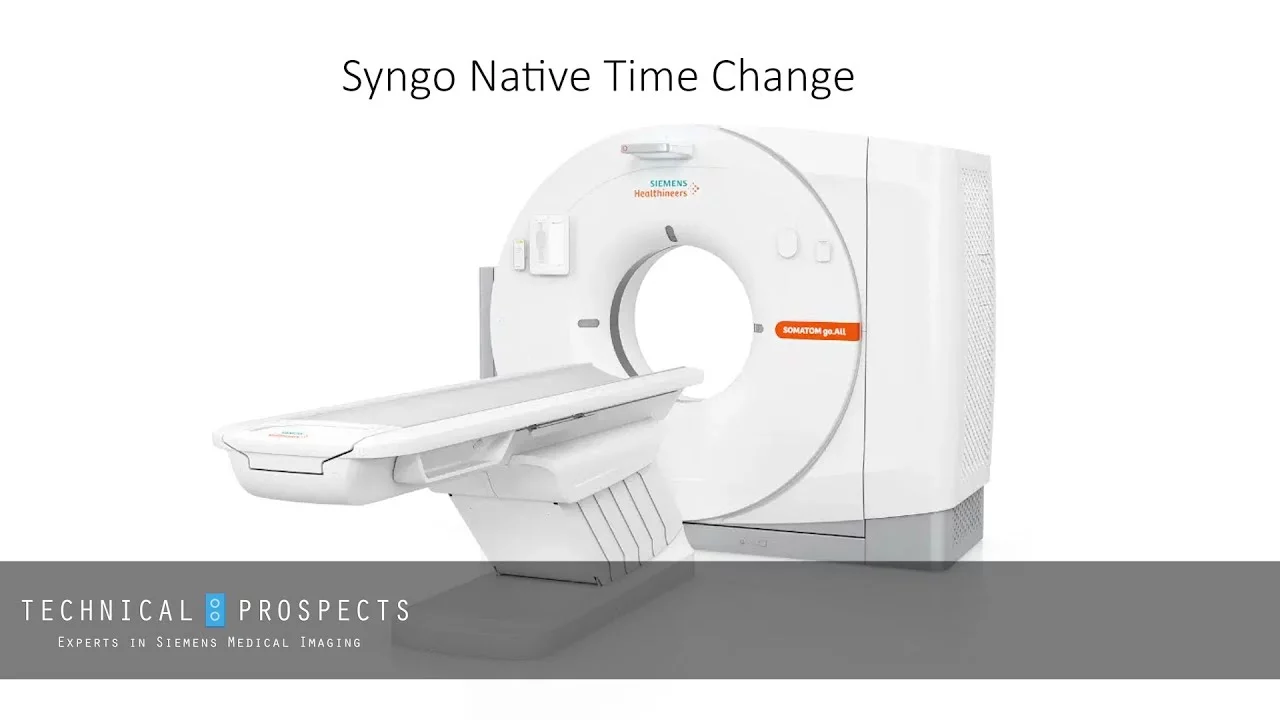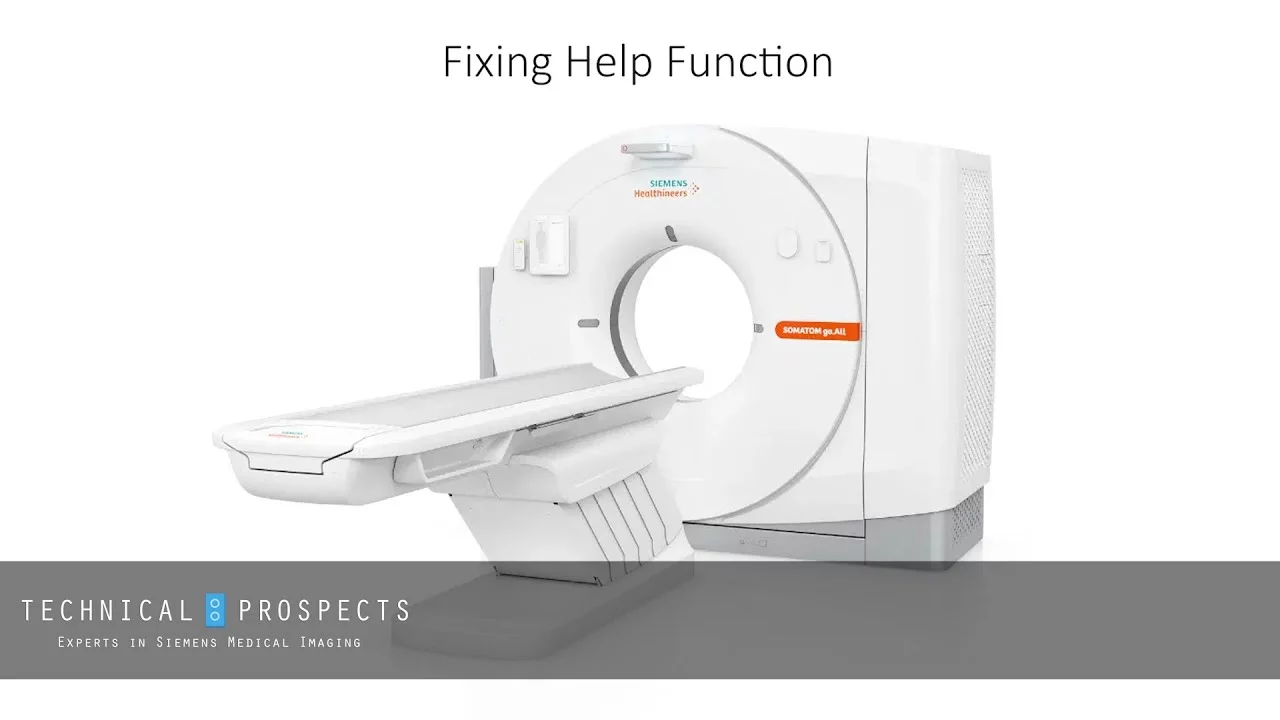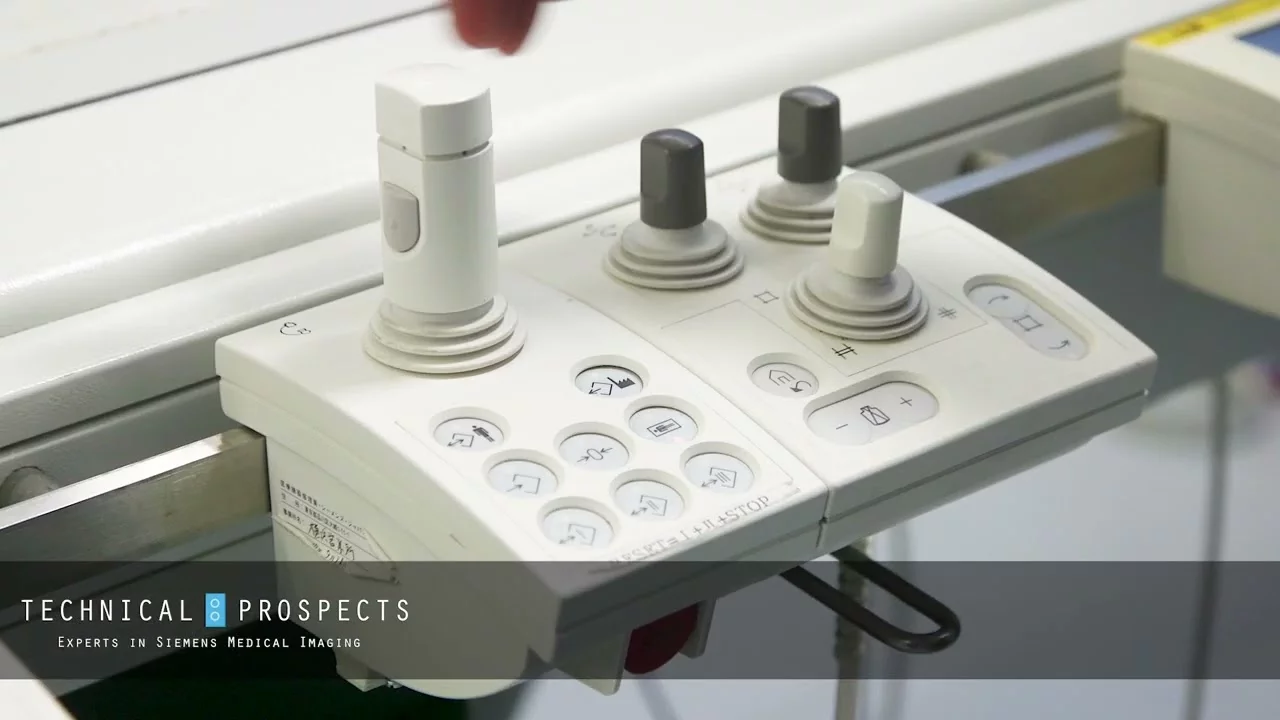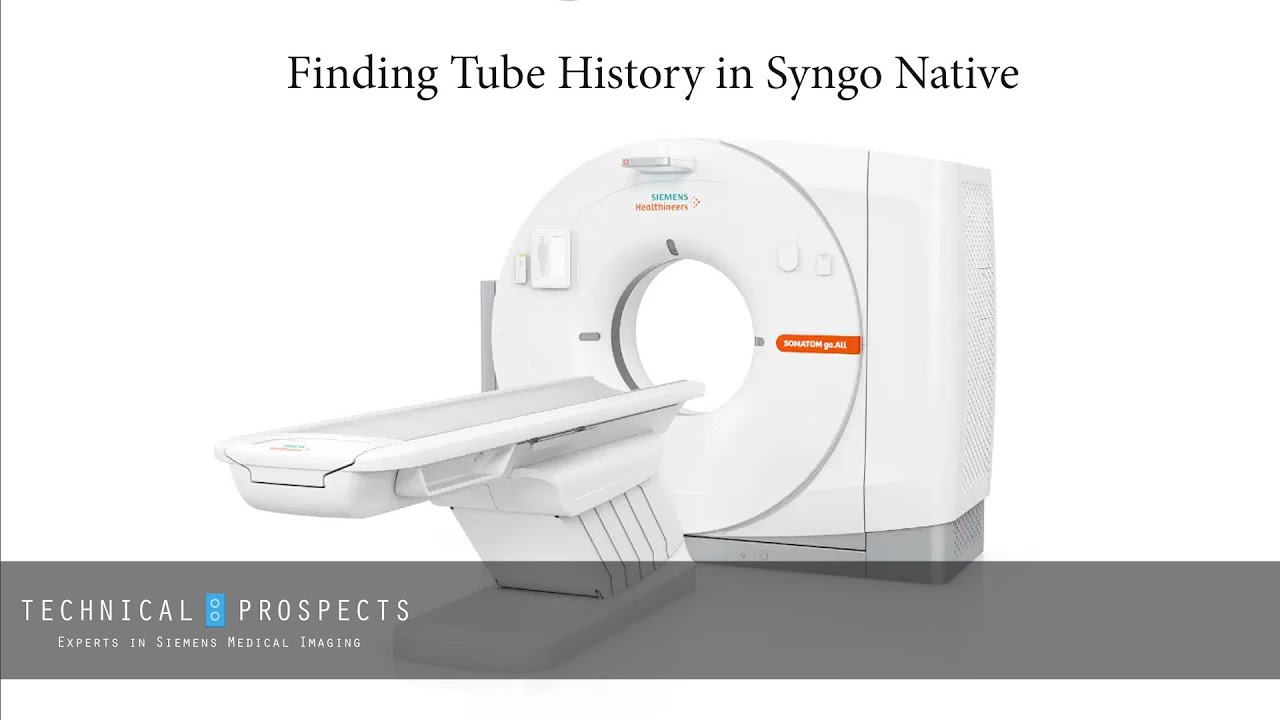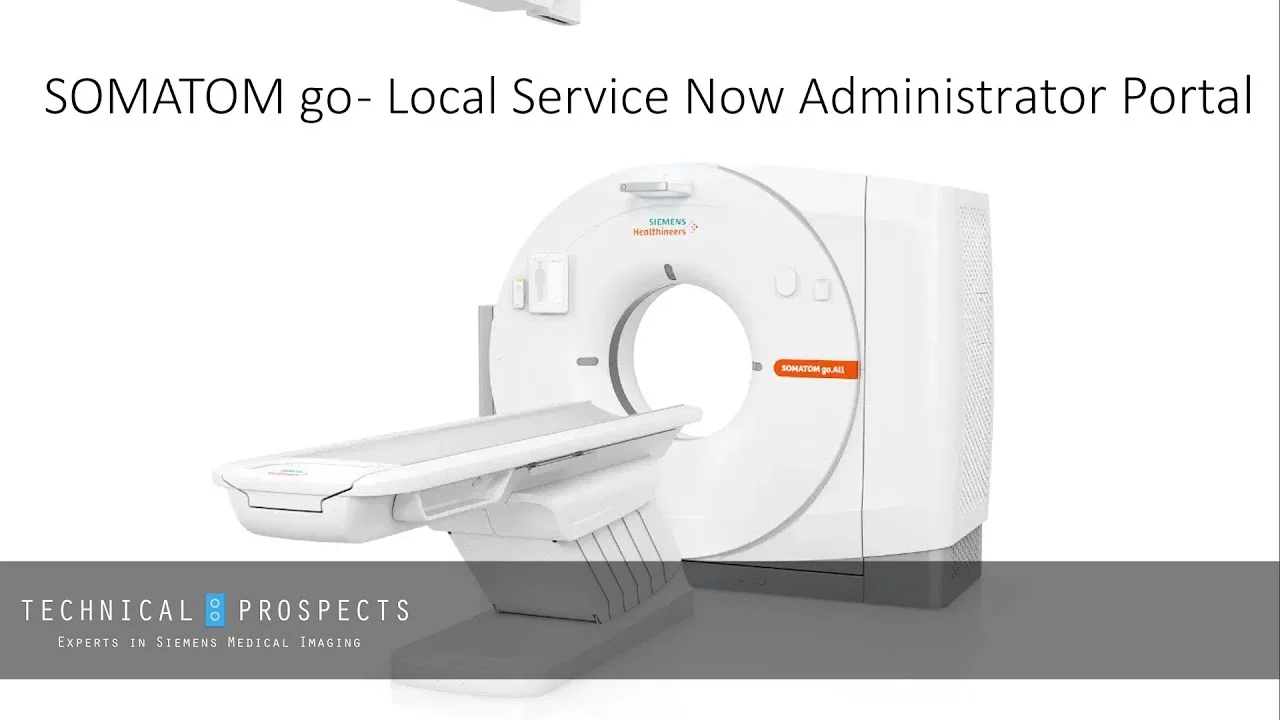In a perfect world, a medical imaging engineer would never be exposed to potentially harmful levels of radiation. Unfortunately, we don’t live in a perfect world, and the truth is, imaging engineers work with devices that pose risks to their health and safety.
Radiography, computed tomography (CT), fluoroscopy, and mammography equipment all emit X-rays, and this ionizing radiation comes with the possibility of harmful side effects connected to overexposure.
Whether you are the one servicing these devices or you are in charge of ensuring the safety of biomedical engineers in a healthcare facility, understanding the basics of radiation safety is key.
Ionizing Radiation in Medical Imaging
X-ray technology can be extremely useful in diagnostic medicine, but it’s also quite powerful and dangerous, which is why the FDA has an initiative to reduce unnecessary radiation exposure in medical imaging.
There are several types of radiation on the electromagnetic spectrum. What makes X-rays and Gamma rays different is that they produce ionizing radiation, which means there is enough energy to eject an electron from an atom, producing an ion.
Ionizing radiation can damage tissue in the human body. While the body may be able to repair that damage, sometimes it can lead to serious health issues or permanent damage.
There are two types of potential overexposure: acute radiation exposure, which involves high-level doses from a one-time event, and chronic radiation exposure, which involves low-level doses over an extended period. Symptoms of acute exposure occur within days or weeks, while the impact of chronic radiation exposure could take decades to appear.
When working with X-ray equipment, such as a fluoroscopy or CT system, there are specific hazards presenting risks to biomedical engineers:
- Direct exposure to the primary beam: Even very short exposures to the primary X-ray beam can result in severe radiation effects.
- Scatter and leakage radiation: Scatter radiation is secondary radiation and is generally lower in energy. Leakage radiation from the X-ray tube is also very low and not a significant hazard when the tube housing is intact. Still, levels of scatter and leakage radiation should be monitored when servicing X-ray equipment.
Following the Principles of ALARA
In the medical imaging world, we use the acronym ALARA as a safety principle for dealing with radiation. It stands for “As Low as Reasonably Achievable,” and while that’s generally intended for patients receiving a dose of radiation and healthcare providers operating devices, it’s also important for imaging engineers.
ALARA is not just a best practice, it is required by federal law, and it is connected to compliance with OSHA, the FDA, and the U.S. Nuclear Regulatory Committee (NRC). That’s why it’s crucial that imaging engineers and others working in a healthcare facility have sufficient training in radiation safety.
When you are working on or around X-ray equipment, always use a personal dosimetry monitor. This device will track changes in radiation levels and keep an ongoing record of your exposure over time. Get more information on radiation monitoring and what’s best for the field of medical imaging from Mirion.com.
In addition to wearing a monitoring device, you should keep these three principles of ALARA in mind whenever there’s a risk of radiation exposure:
- Time: The shorter the duration spent near a radioactive source, the less you’ll be exposed to radiation. You should only spend the amount of time absolutely necessary to get the job done.
- Distance: The further you are from the radiation source, the less you are exposed. The inverse-square law applies to this ALARA principle. That means if you double your distance from the point of exposure, the amount you reduce the dose to which you’re exposed is four-fold.
- Shielding: Biomedical engineers and other imaging engineers should use a protective barrier between their bodies and the source of radiation. This could be a leaded roller shield, but could also include leaded vests or aprons as well as personal protective equipment (PPE), such as gloves, glasses, or lab coats that reduce the possibility of radiation absorption.
The eyes are highly sensitive to radiation, and while personnel servicing medical imaging devices may not often experience prolonged exposure, there’s no harm in taking extra precaution by wearing eye protection.
While it’s certainly true that a medical imaging engineer’s risks are minimal in comparison to patients receiving a direct dose, there is no such thing as being “too safe” around X-ray devices. You owe it to yourself, your loved ones, and your employer to take safety precautions around high-frequency radiation, reducing your exposure whenever possible.
Technical Prospects always has the best interests of medical imaging engineers in mind. That’s why we highly recommend radiation safety training as a prerequisite to our courses on Siemens systems for fluoroscopy training, CT training, and radiography training. Everyone should have basic radiation safety training before they’re allowed to work on the equipment. We also offer essential information on the basics of radiation in our online course, Intro to X-Ray.
Whenever you have questions involving safety around medical imaging devices or need replacement parts for Siemens medical imaging systems, give Technical Prospects a call at 1-877-604-6583 for more information, including free technical support.

